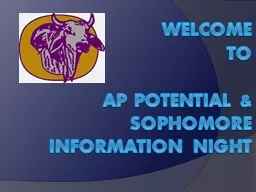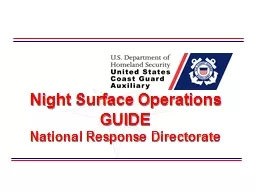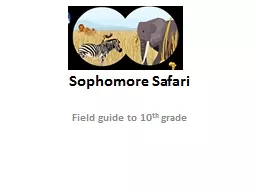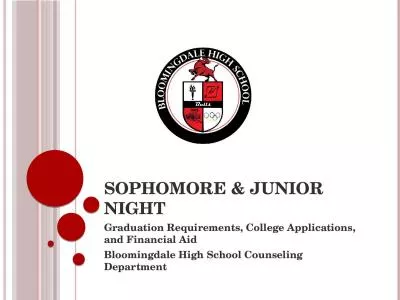PPT-WELCOME TO AP POTENTIAL & SOPHOMORE INFORMATION NIGHT
Author : marina-yarberry | Published Date : 2019-03-19
GRADUATION REQUIREMENTS for students of the Class of 2017 Diploma Options 24credit standard diploma 18credit Academically Challenging Curriculum to Enhance Learning
Presentation Embed Code
Download Presentation
Download Presentation The PPT/PDF document "WELCOME TO AP POTENTIAL & SOPHOMORE..." is the property of its rightful owner. Permission is granted to download and print the materials on this website for personal, non-commercial use only, and to display it on your personal computer provided you do not modify the materials and that you retain all copyright notices contained in the materials. By downloading content from our website, you accept the terms of this agreement.
WELCOME TO AP POTENTIAL & SOPHOMORE INFORMATION NIGHT: Transcript
Download Rules Of Document
"WELCOME TO AP POTENTIAL & SOPHOMORE INFORMATION NIGHT"The content belongs to its owner. You may download and print it for personal use, without modification, and keep all copyright notices. By downloading, you agree to these terms.
Related Documents














